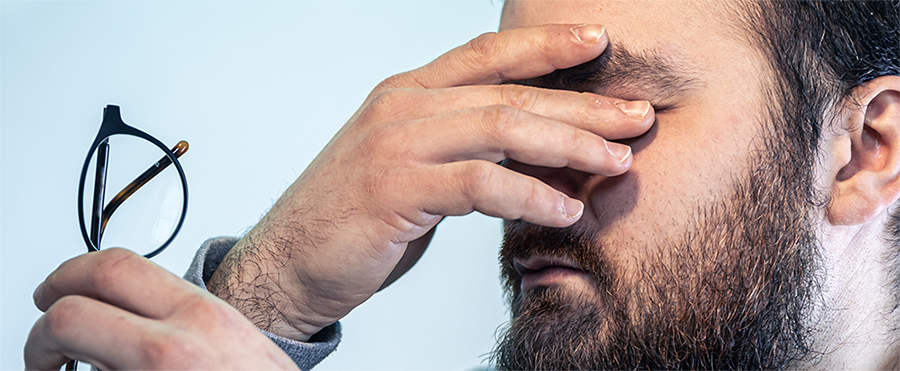
Uveitis occurs in the uvea, the middle layer of the eyeball. Common symptoms include swelling, redness, and pain in the eyeball. Uveitis can lead to permanent damage and blindness if left untreated. Around 30,000 Americans lose their eyesight each year from uveitis.
Common symptoms of uveitis include: eye pain, redness, light sensitivity, tenderness of the eye, floaters, and loss of vision.
Uveitis can affect people of all ages, including children and older adults. A significant number of younger individuals can be affected relative to other diseases like glaucoma and macular degeneration.
Individuals with uveitis have better outcomes when treatment is initiated closer to the onset of their symptoms. If you think you or your loved ones may be suffering from uveitis, you can request an appointment with our uveitis specialist, Dr. Irfan Khan, to discuss your conditions and the best treatment options for you.
What is Uveitis?
The term “uveitis” is an umbrella term used to describe several medical diagnoses of the eyeball. This disease can affect one or both eyeballs. Symptoms can appear suddenly or gradually, and include:
- Eyeball redness, swelling, general inflammation with or without pain
- Blurred vision
- Sensitivity to light
- Gradual loss of vision
- Eye floaters (dark shapes that suddenly appear in your field of vision)
*If you experience any abnormal symptoms regarding your eyes or eyesight, it’s better to be safe than sorry. Schedule an appointment with your OD as soon as possible.
What Causes Uveitis?
The cause of uveitis is typically undetermined. Many cases don’t have one specific cause to blame. Uveitis may also develop as a symptom of an underlying eye condition. You may be more susceptible to uveitis if you’ve experienced eye inflammation in the past. Eye inflammation may result from:
- Smoking
- Previous injury to eyeball
- Previous surgery on eyeball
- Certain infections, like herpes, chicken pox, syphilis, or tuberculosis
- Certain inflammatory diseases, like irritable bowel disease (IBD), lupus, and rheumatoid arthritis
How is Uveitis Treated?
After diagnosis, your ophthalmologist will work with you to form an effective treatment plan. Although uveitis can be treated and controlled, severe cases cannot be cured. Our goal when treating uveitis is to reduce or clear inflammation present in the eye. Treatment may include medications, surgery, or a combination of the two.
Medications for uveitis generally take the form of eye drops. The eye drops prescribed are dependent on the diagnosis. For example, your ophthalmologist may prescribe a corticosteroid to help reduce inflammation. Or, if your uveitis is caused by infection, your medication may take the form of antibiotics.
Patients suffering from severe cases of uveitis may undergo surgery. However, this is uncommon and is usually reserved as a last resort. Surgery may involve removing parts of the vitreous in your eye. For posterior uveitis (a severe case of uveitis), your ophthalmologist may implant a device into your eye that slowly releases medication over a period of time.



